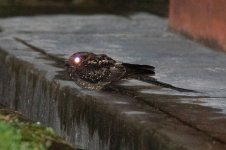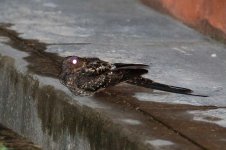Hi,
I saw this nightjar one morning at the famous Owlet Lodge, in Amazonas, northern Peru (a little over 2000 masl).
I'd seen a Swallow-tailed Nightjar the night before so I assumed it was the same thing, but now looking at it on my laptop, the rufous nuchal collar and broad silvery brows, and maybe also the pattern of spotting on the wing, seem to make it a better match for Lyre-tailed.
What say the experts?
For the record, both species are regularly recorded from that spot.
For example, my bird looks very much this Lyre-tailed photographed by Dan Lane (one of the authors of Birds of Peru).
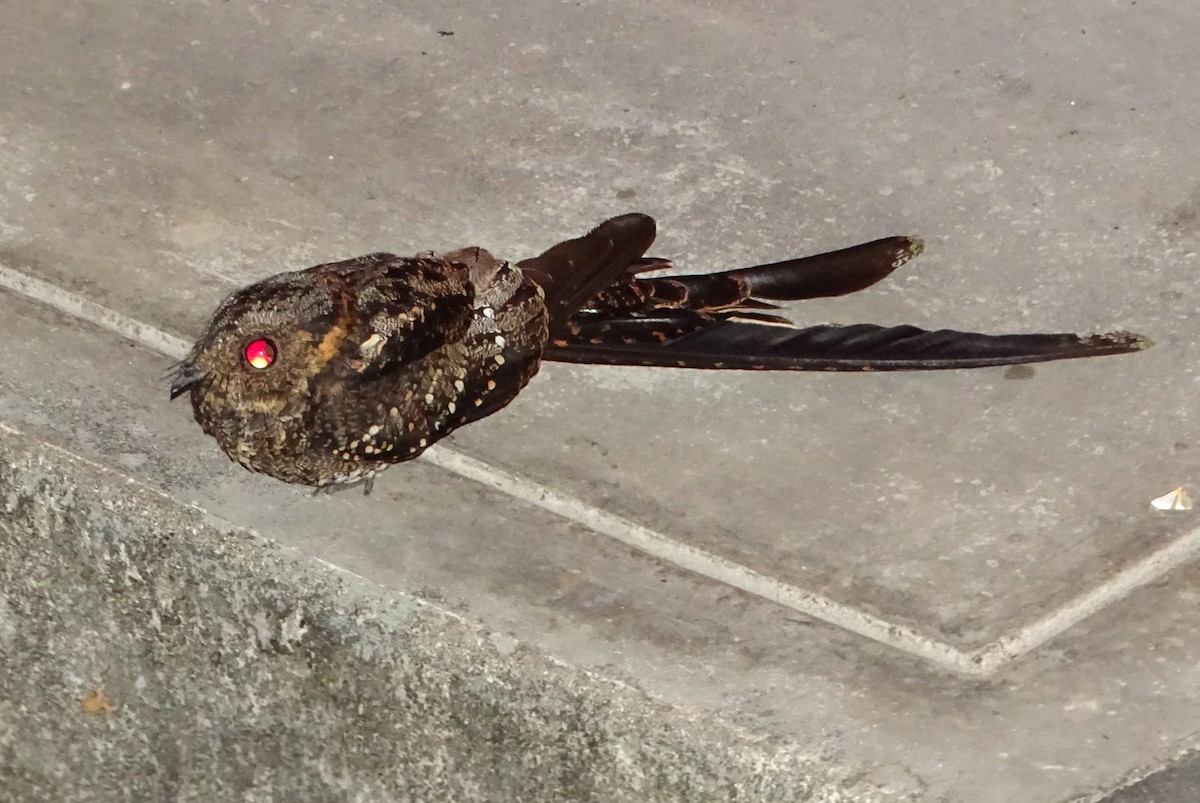
 macaulaylibrary.org
macaulaylibrary.org
Meanwhile, that's a female Swallow-tailed, clearly very different
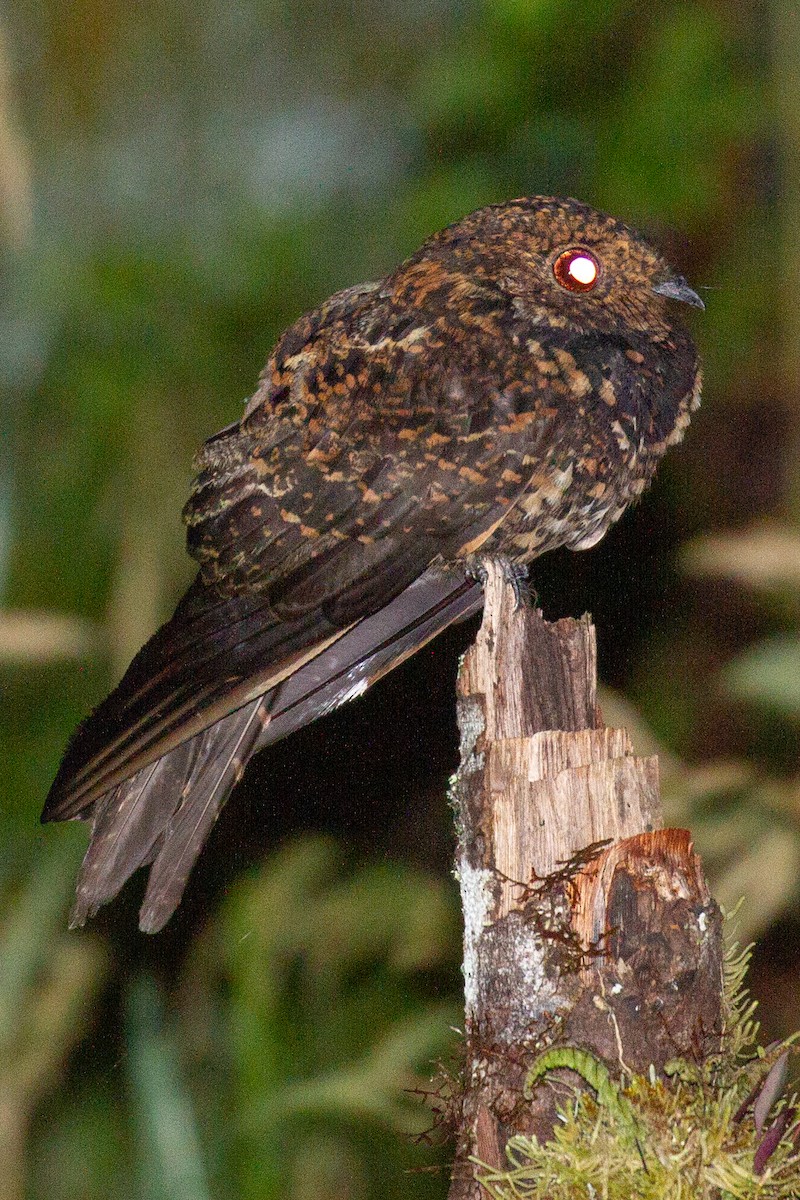
 macaulaylibrary.org
macaulaylibrary.org
But then we have this, identified as Swallow-tailed, but looking essentially identical to Dan Lane's photo!
So, is there more variation in Swallow-tailed than the book suggests, or is that photo misidentified?
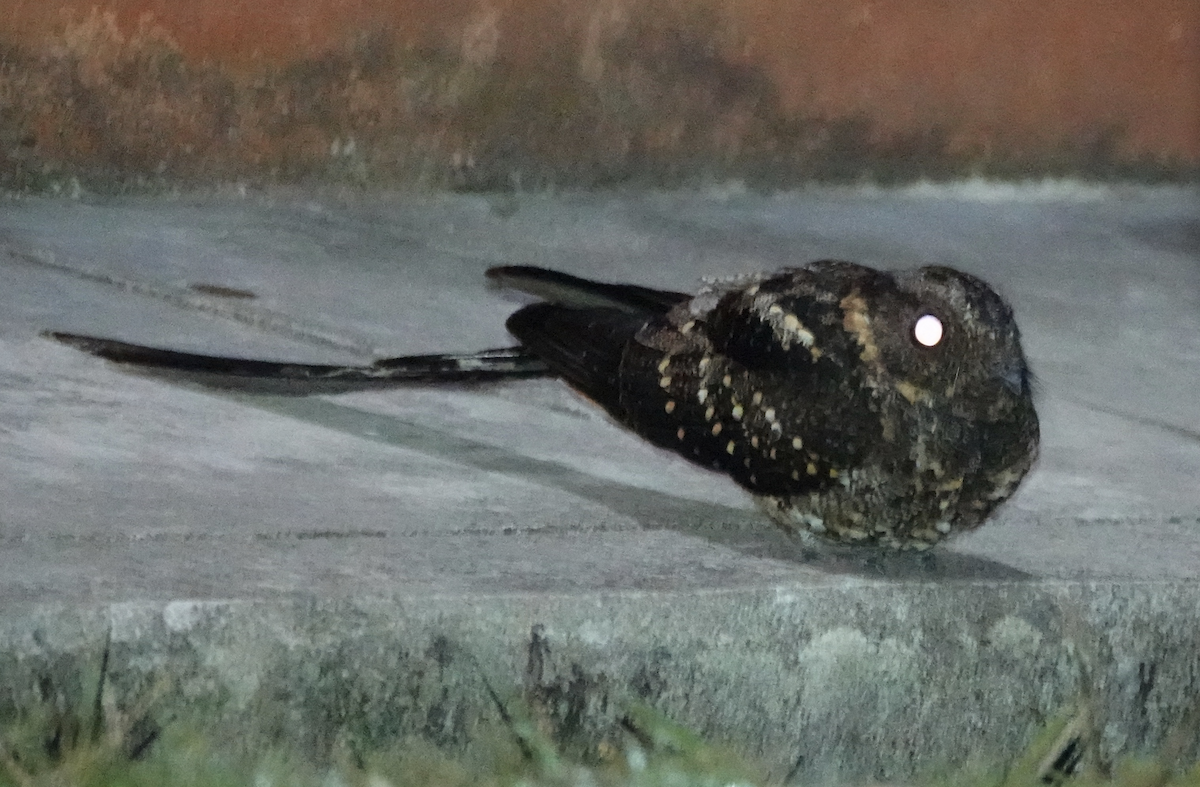
 macaulaylibrary.org
All 3 photos are from the Owlet lodge as well
macaulaylibrary.org
All 3 photos are from the Owlet lodge as well
Thanks again for any insights!
T
I saw this nightjar one morning at the famous Owlet Lodge, in Amazonas, northern Peru (a little over 2000 masl).
I'd seen a Swallow-tailed Nightjar the night before so I assumed it was the same thing, but now looking at it on my laptop, the rufous nuchal collar and broad silvery brows, and maybe also the pattern of spotting on the wing, seem to make it a better match for Lyre-tailed.
What say the experts?
For the record, both species are regularly recorded from that spot.
For example, my bird looks very much this Lyre-tailed photographed by Dan Lane (one of the authors of Birds of Peru).
ML68636851 - Lyre-tailed Nightjar - Macaulay Library
Macaulay Library ML68636851; © Daniel Lane; Amazonas, Peru
Meanwhile, that's a female Swallow-tailed, clearly very different
ML155541871 - Swallow-tailed Nightjar - Macaulay Library
Macaulay Library ML155541871; © Will Chatfield-Taylor; Amazonas, Peru
But then we have this, identified as Swallow-tailed, but looking essentially identical to Dan Lane's photo!
So, is there more variation in Swallow-tailed than the book suggests, or is that photo misidentified?
ML222257461 - Swallow-tailed Nightjar - Macaulay Library
Macaulay Library ML222257461; © Dan Rabosky; Amazonas, Peru
Thanks again for any insights!
T




